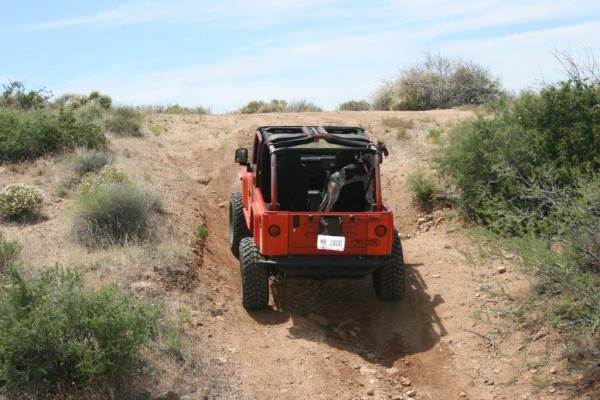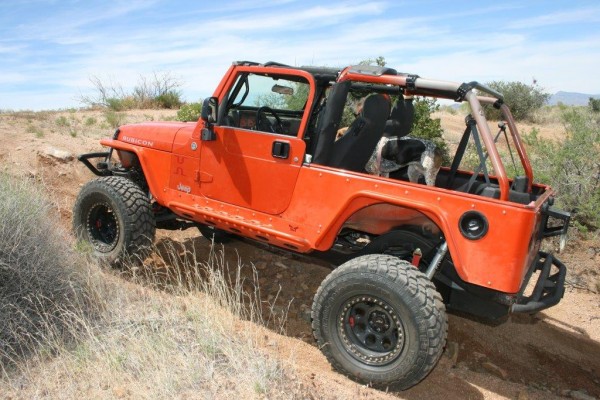You might think your Jeep’s OEM front bars will protect you in event of an upset, but you’d be wrong. Those bars are strictly there to secure the windshield, not to protect the Jeep’s occupants. So if you’re an avid Jeeper, one who takes the class 4 trails rather than the four-lane highways, you really need the added protection of a front cage such as Smittybilt’s SRC roll cage kit.
We recently installed the Smittybilt kit on our 2005 Rubicon Unlimited.
The Smittybilt SRC roll cage kit delivers outstanding protection via 1020 .120-wall tubing–one of the strongest materials available. The tubing is powdercoated to maintain its nice appearance, and the kit also includes an upper plate that’s perfect for mounting a CB and/or ham radio. All you need to do is route a power line up the A-pillar on the windshield.
Smittybilt points out there is no welding necessary with its kit as it is primarily a bolt-on installation; however, you’ll still need to plan on six to eight hours for the installation. We found that you’ll need to do some slight trimming to the plastic surround on the windshield, and you may need a come-along to tweak the bars into place. Still, for the added protection you’re getting, the installation was pretty straightforward and well worth the effort.
Scroll through the slideshow below to see how our installation went.
































Comments